-

Tips for Communicating With Your Family Dentist
•
Family dentistry provides a wide range of services, including routine cleanings, cavity fillings, and addressing more complex dental issues. Open communication with your dental provider helps facilitate a productive and clear conversation about your oral health needs. By preparing for your appointment, you can better articulate your questions and understand the information provided. Here…
-
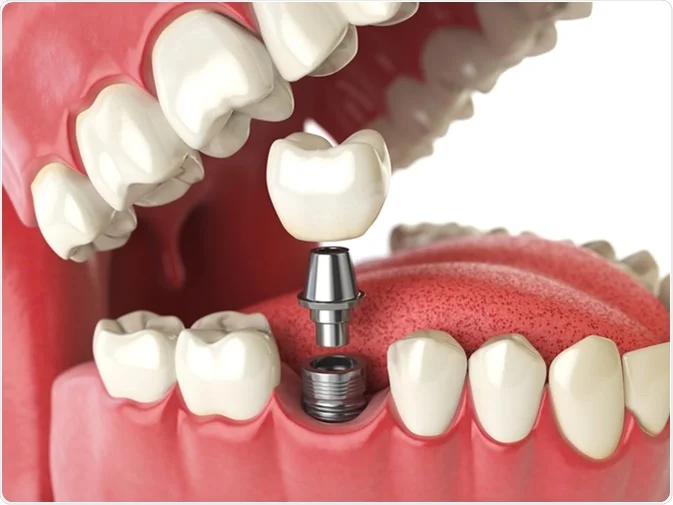
Exploring the Benefits of Dental Implants for Missing Teeth
•
Dental implants are a common option for individuals seeking to address one or more missing teeth. An implant consists of three main components: a small, screw-like post, an abutment that connects to this post, and a custom-made crown that attaches to the abutment. This structure is designed to function as a replacement for a…
-
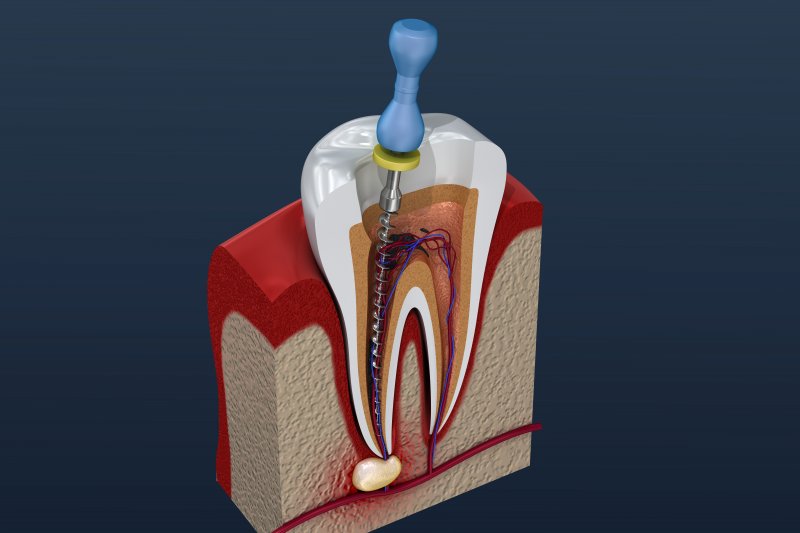
How to Avoid Needing a Root Canal
•
A root canal procedure treats infection or inflammation deep inside a tooth’s pulp. When decay reaches this area, it often causes significant discomfort and puts the tooth at risk. For teeth with extensive damage or decay, dentists may use crowns and bridges to restore function and appearance. Here are some ways to avoid needing…
-
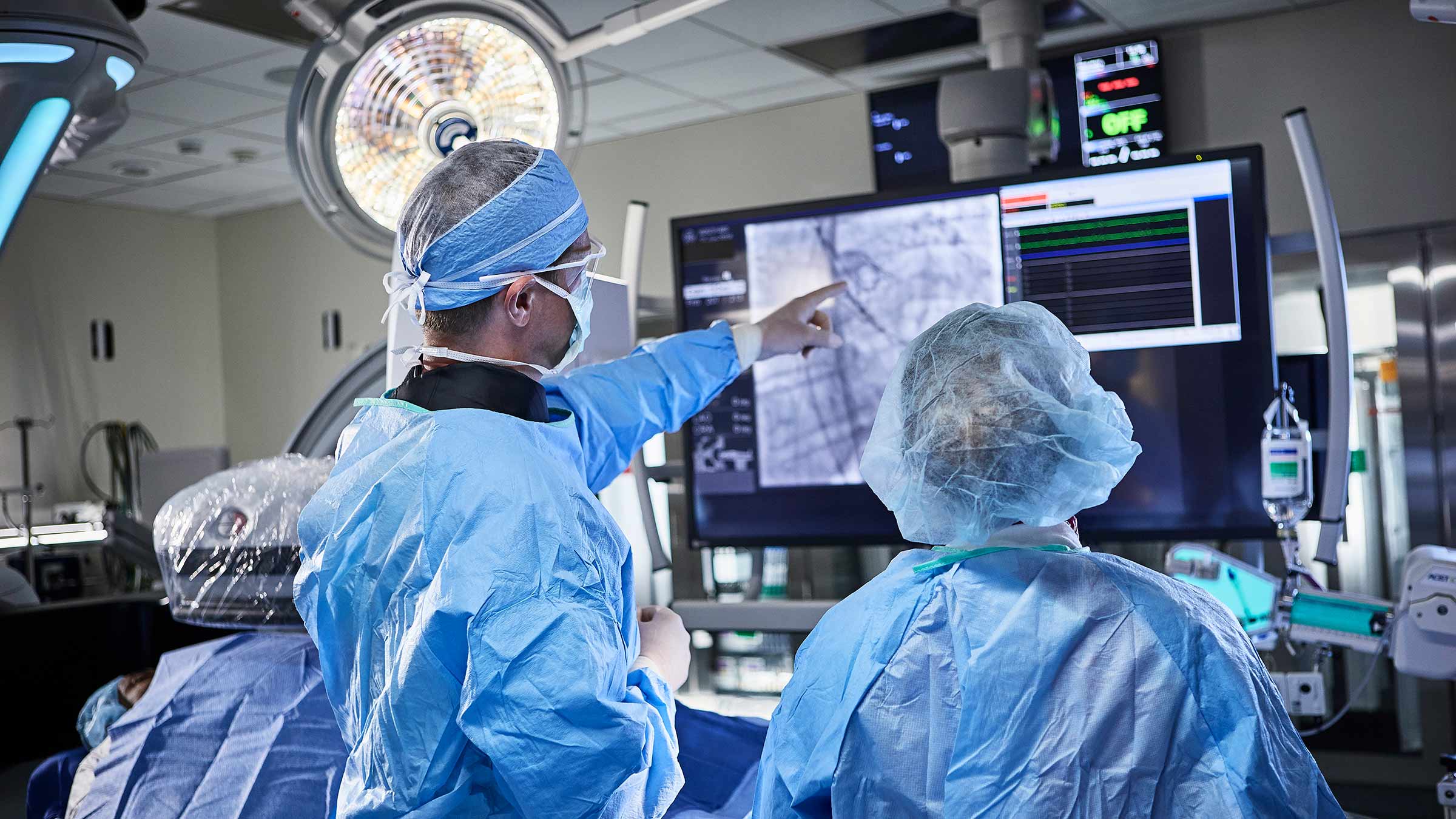
How Interventional Radiology Provides Alternatives to Surgery for Vascular Conditions
•
While traditional surgery is one option for vascular conditions, another method involves minimally invasive procedures. This field is known as interventional radiology. Interventional radiologists use medical imaging, like X-rays and CT scans, to guide small instruments through the body. Here is how this approach allows them to diagnose and treat conditions without large incisions:…
-
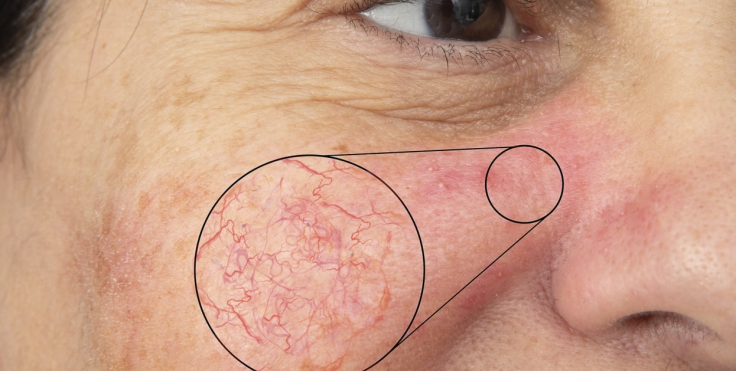
Spider Veins: Can Skincare and Sunscreen Prevent Them?
•
Spider veins, those small, twisted blood vessels visible just beneath the surface of the skin, are a common concern. They often appear on the legs or face, creating a network of blue, red, or purple lines. There are many risk factors for developing these veins, including a sedentary lifestyle, family history, and obesity. Here…
-
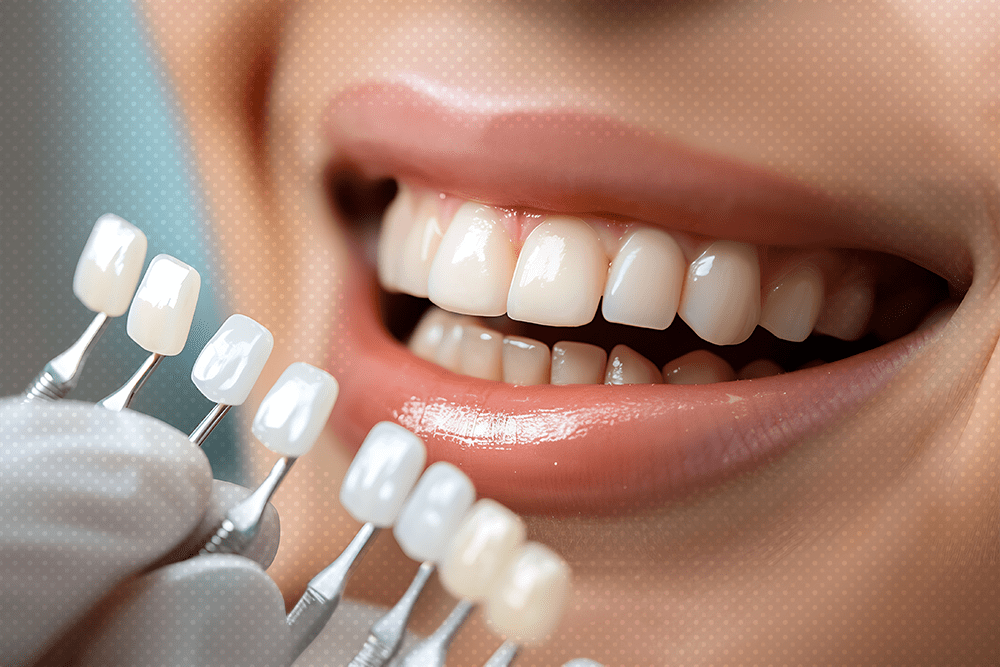
What You Should Know Before Getting Veneers for Your Teeth
•
Cosmetic dentistry focuses on improving the appearance of a person’s teeth, mouth, and smile. While traditional dentistry addresses oral health and hygiene, cosmetic procedures are elective and aim to enhance personal aesthetics. These treatments can address issues like discoloration, misalignment, chips, and gaps. A common and effective option within cosmetic dentistry is the application of…
-
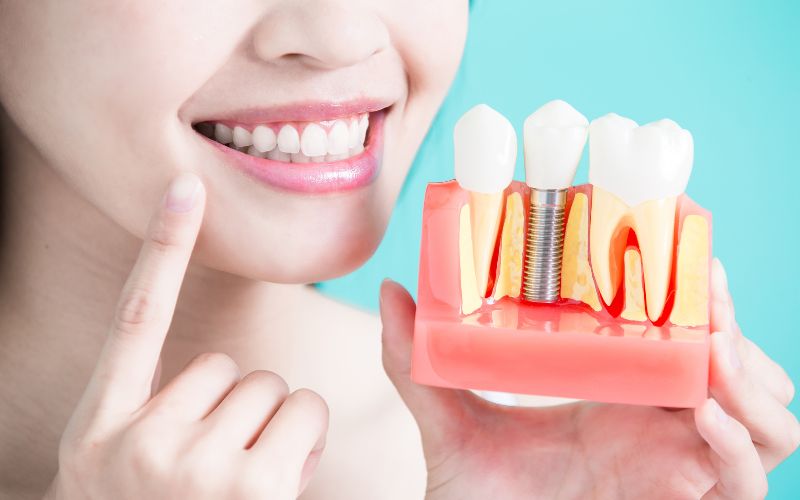
The Impact of Dental Implants on Your Overall Quality of Life
•
Dental implants are a structural component used in dentistry to support prosthetic teeth. They serve as a replacement for the root portion of a missing tooth. The use of these implants can influence a person’s daily life by affecting oral function and social interactions. Here is more information on how implants can affect dietary…
-
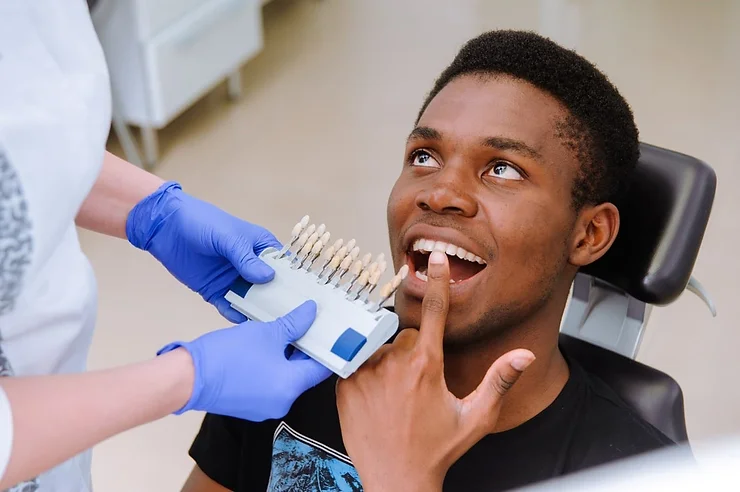
Why Crowns Are Essential for Long-Term Oral Health
•
Crowns play a fundamental role in protecting and preserving teeth for the long term. By covering and strengthening damaged or weakened teeth, crowns prevent further deterioration, restore function, and support overall oral health. Here are the reasons why crowns are fundamental for long-term oral health: Protecting Weakened or Damaged Teeth Crowns provide fundamental protection…
-
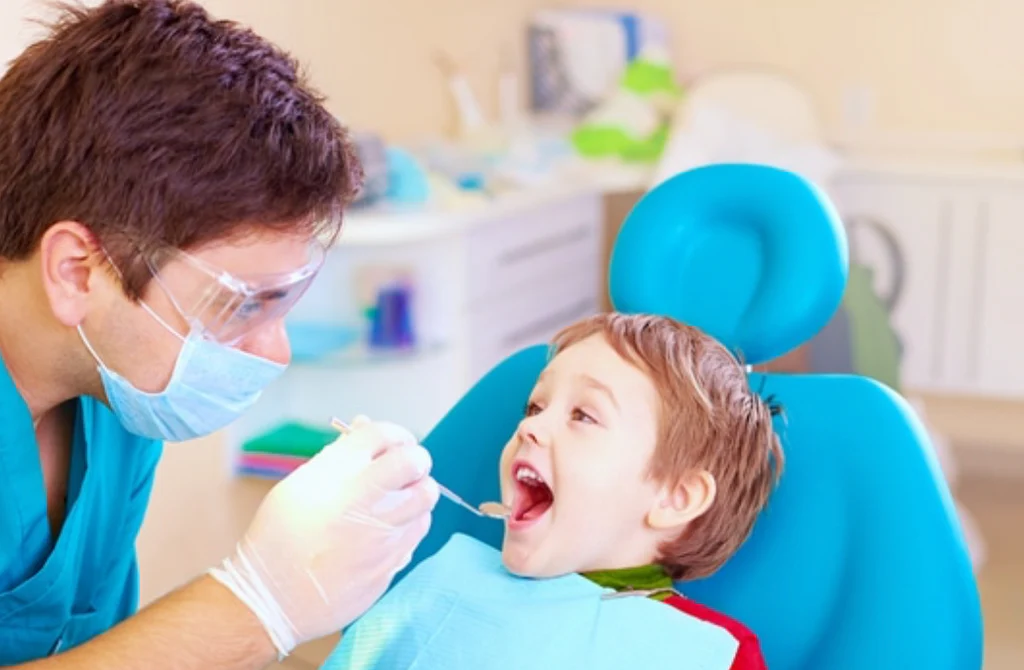
Creating a Positive Dental Experience for Children
•
Pediatric dentistry focuses on making dental care comfortable and effective for children, setting the foundation for lifelong oral health. By using child-friendly approaches and education tailored to young patients, pediatric dentists help build trust. Here’s more information on creating positive dental experiences for children: Exploring Why Pediatric Dentistry Matters Pediatric dentistry serves multiple functions…
-

What to Expect During Your Visit to an Emergency Dentist
•
An emergency dentist provides immediate care for urgent dental issues. During your visit, you can expect treatment designed to stabilize your condition and prevent further complications. Here’s more information about what to expect during your visit to an emergency dentist: When To Seek Emergency Dental Care Urgent dental care becomes necessary when dental problems…
